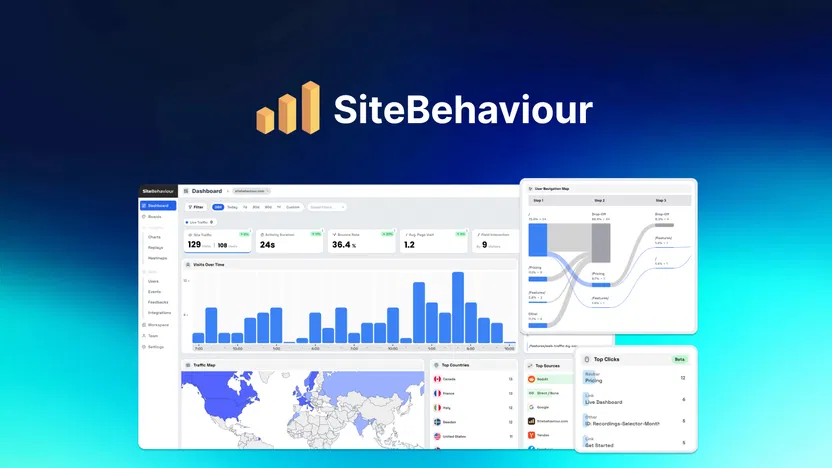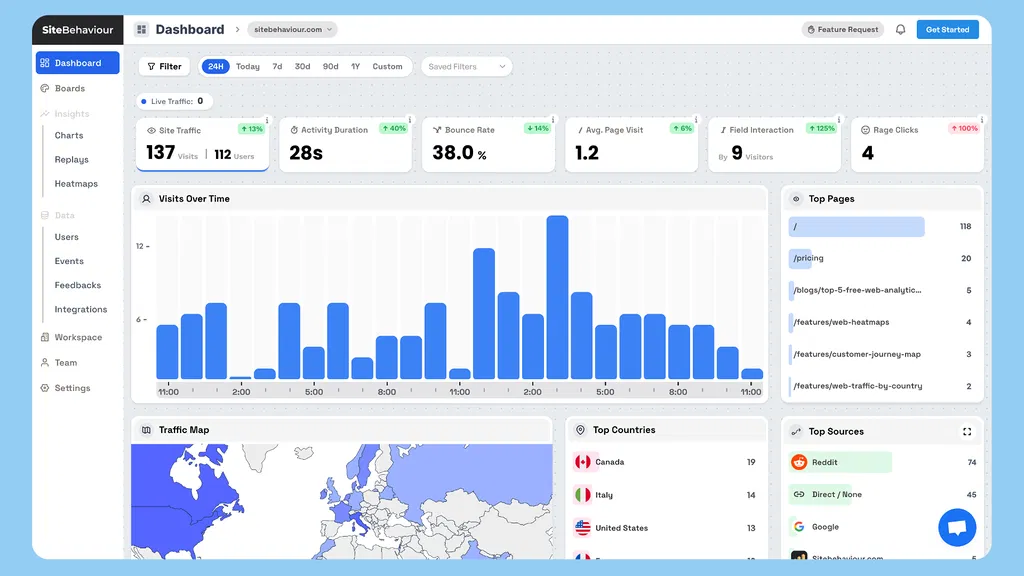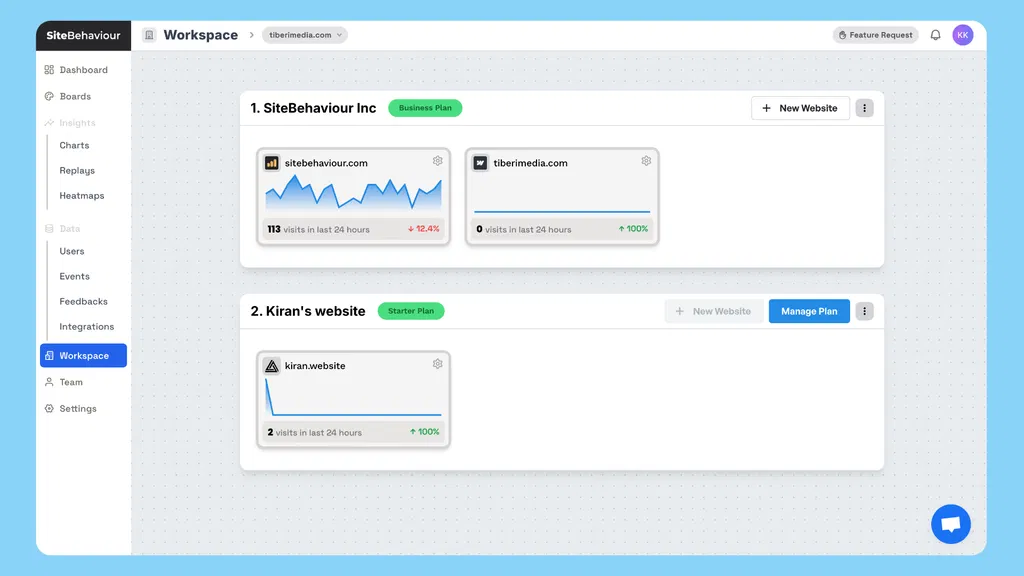
In software development, an application should meet all business objectives and deliver a great user experience. At this moment, the situation is saved by: Behaviour-Driven Development (BDD).
BDD bridges the gap between business stakeholders, developers, and testers through collaboration, fostering shared understanding, and ensuring that a product’s expected behaviour is delivered.
Tools such as Cucumber and SpecFlow have made BDD easy to apply in the software industry, making it more efficient for delivering software that matters.
This article introduces the reader to BDD, its benefits, and tools that can help teams streamline their development process.
What is Behaviour-Driven Development (BDD)?
Behaviour-Driven Development (BDD) is a software development methodology that takes the best out of Test-Driven Development (TDD) and adds collaboration between business and technical teams. Unlike TDD, which aims to write tests before code, BDD is developed in plain, non-technical executable specifications in natural language, which describe the application from the end-user’s perspective.
BDD fosters a ubiquitous language, that is to say it is the vocabulary shared by business stakeholders and technical persons. This means that everyone involved clearly understands what they are working to build with the aid of concrete examples and user stories. This reduces the likelihood of miscommunication that eventually leads to the right software.
BDD Key Concepts
– Ubiquitous Language: It is the common vocabulary shared between the business and technical teams.
– Executable Specifications: Specifications written in natural language but executable like any test.
– Inter-Role Collaboration: BDD encourages collaboration between stakeholders, developers, and testers.
How Does BDD Work: The Development Process ?

In BDD, usually the process starts with a meeting known as Three Amigos- the discussion between the product owner, developer, and tester while specifying the features of software under development. They use specification by example, which describes the expected behaviour of the software through concrete examples.
The process follows the following steps:
- Gathering Requirements: Business stakeholders and the technical teams will be seated together with the activities of user stories and acceptance criteria.
- Feature file creation: The team uses the tools to produce feature files in Gherkin syntax through the tools Cucumber and SpecFlow. The Gherkin syntax uses plain-text format to describe the system behaviour in terms of scenarios.
- Test automation: These feature files are nothing but automated tests that may be tested to ensure the behaviour of the software.
- Design and Elaboration: The designers and the development team guide the scenarios outlined in the feature files as they code and ensure that indeed the software developed meets the business needs.
- Involvement of everyone throughout the entire design cycle: Throughout the development cycle, the team does rapid iterations in the building of the specifications and tests by responding to the feedback.
Benefits of Site Behaviour

1. Increased Collaboration and Communication
BDD increases collaboration among business stakeholders and the development team. Using a common vocabulary and concrete examples, BDD ensures that everyone concerned is actually clear about what the project requirements are.
2. Improved Quality of Software
Since BDD requires the authors to write executable specifications before the beginning of coding, it detects and corrects problems early in the development cycle. Consequently, the final product is better in quality and meets the needs of its user.
3. Faster Feedback and Iteration
Since testing is a central component of automated testing, teams are provided with instant feedback regarding the behaviour of the software. This is a cycle, making iterations faster, meaning that the software remains relevant to business goals.
4. Reduced Costs and Increased Efficiency
Automating tests and bringing stakeholders in early, reduce time and cost that would be wasted on manual testing and rework. Working closely/ shared understanding diminished the opportunity to misunderstand and accelerated the development cycle.
BDD Tools for Improving Development Process
The implementation of BDD should utilize tools that allow for automation and collaboration. Let’s analyze some of the industry’s most popular tools used in BDD:
1. Cucumber
Cucumber is one of the most widely used BDD tools; it uses Gherkin syntax for writing feature files. It allows non-technical stakeholders to describe application behaviour in a plain-text format. In this way, business stakeholders and developers find it easier to agree on expectations.
• Features:
• Supports multiple programming languages
• Integrates well with various test automation frameworks
• Enables acceptance testing and automated test execution
2. SpecFlow
SpecFlow is a BDD tool for the .NET ecosystem that uses Cucumber’s Gherkin syntax to define specifications. It integrates directly with Visual Studio, making it a very popular choice among .NET developers.
– Features:
– Supports automated testing of .NET applications
– Integration with popular CI/CD tools
– Will let one test at multiple levels, such as unit testing and integration testing.
3. Other BDD Tools
JBehave: This tool concentrates on Java-based applications and supports BDD testing.
- Behat: It is an Open-source tool and is specific to PHP applications .
- Gauge: It is a versatile tool where one can support multiple programming languages in the implementation and it does emphasize specification by example.
The collaboration and understanding shared should be such that the software being developed delivers business value. Involving stakeholders as early as possible and then iteration on requirements through rapid iterations are integral components of BDD towards building software that actually delivers customer needs.
Key Elements:
Business-Driven Design. BDD starts by defining what the business needs. Focus on behaviours rather than implementations ensures that the development process is aligned to business goals.
Acceptance Criteria as Tests The executable specifications are the source of documentation as well as of a automated tests, serving the purpose of clear definition of done.
Continuous Feedback. The Iterative nature of BDD gives continuous feedback, which enables teams to accommodate changing requirements.
Best Practices for Adopting BDD

Therefore, BDD implementation needs proper planning and execution. Here are some of the best practices that will ensure adoption success:
1. Pilot with a Small Project
Trying it out on a small project gives an idea about the working benefits and challenges. This experience and knowledge help the team build its confidence in the BDD approach.
2. Engage Stakeholders Early
Engage business stakeholders, developers, and testers from the outset. The meeting of the Three Amigos is an excellent means to align expectations.
3. Use Concrete Examples
When defining the user stories and scenarios, use concrete examples to describe the behaviour of the system. This helps to allow for a clear and shared understanding of the problem domain.
4. Automate Wherever Possible
Automation: Success in BDD comes at a price-a large part of it is automation. Tools like Cucumber and SpecFlow help automate your test scope, thus not requiring a lot of interventions from you manually.
5. Collaboration
Always keep people talking to each other. BDD does not merely write tests but encourages collaboration across the entire development team.
While BDD has many merits, it does not eliminate struggles. Here are some common challenges teams experience:
– Resistance to Change: There is resistance to change for teams that are used to traditional software development methods and opposing the change to BDD.
– Lack of Understanding: Lack of understanding of the purpose of BDD leads to wrong and improper implementation. They end up being frustrated and waste their time.
– Difficulty in Writing Good Scenarios: It’s hard to write good scenarios, and they require skill and practice.
To overcome these challenges, organizations should invest in training and provide continuous support to their development teams.
Future of BDD in the Software Industry

As software development evolves, so too does the adoption of Behaviour- Driven Development. The future looks promising, with several trends set to shape the BDD landscape:
– Adoption in Agile Projects Increasing: With time, BDD is sure to become the new order of things in agile environments since more and more development efforts will be aligned toward the accomplishment of business goals.
– AI and Machine Learning to Make its Way: The use of AI someday might lead to a scenario where machine learning-driven automated BDD tools create scenarios based on user behaviour.
– More User-Friendly BDD Tools: The tools for BDD will become more user-friendly, and business stakeholders will be able to participate more actively in the development process.
Conclusion
Behaviour-Driven Development is more than just a testing methodology; it’s a collaborative approach that ensures software meets the needs of both business stakeholders and end-users. By adopting BDD, teams can enhance communication, improve software quality, and deliver software that provides real business value.
The act of embracing BDD is a correct step toward success, for a company that aims to stay competitive in this ever-changing software development landscape. Tools such as Cucumber, SpecFlow, and JBehave make the whole development process easier; then, of course, there’s the fact that software projects stay on track by delivering the right product to the market.
You integrate BDD into your software development; you enhance the quality of your software while improving collaboration between your teams. Learn about Behaviour- Driven Development and start adopting it today to unlock your full potential in your software projects.
Ready to Move to BDD?
Consider using tools like Site Behaviour to get started. These will guide you on how you can make your development process smooth and efficient.


